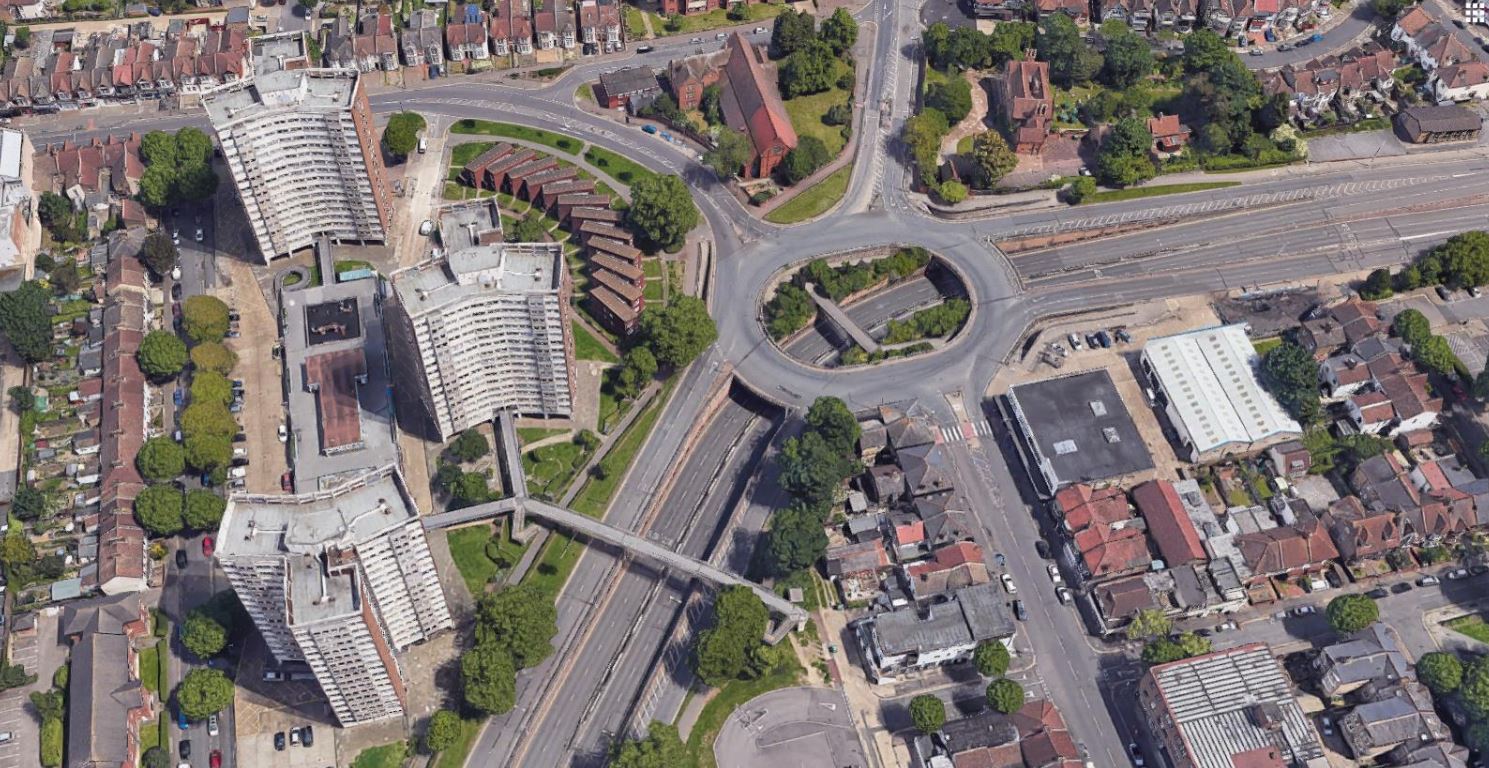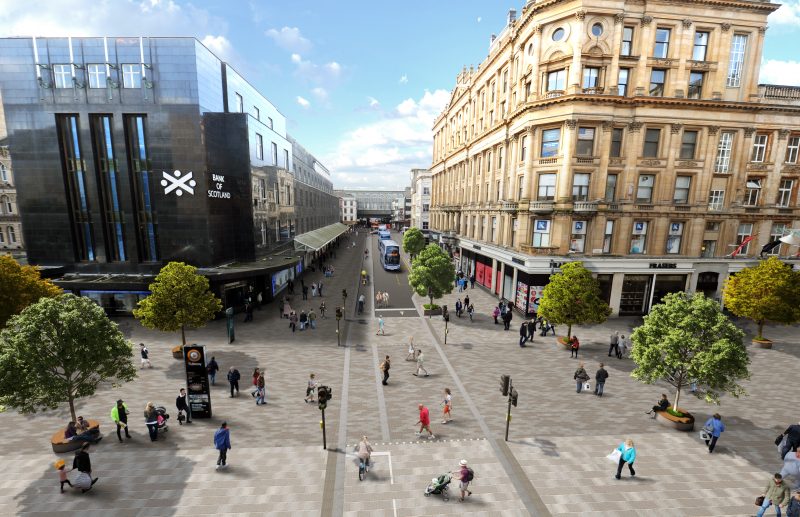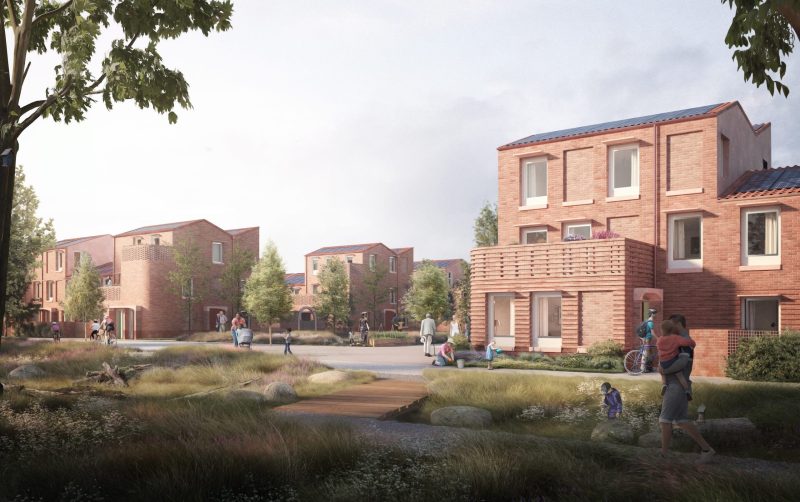Queensway in Southend, which passes through Victoria Station plaza, a significant arrival point for rail passengers, is currently an urban motorway, designed to accommodate fast vehicle movements. It separates the city centre from the train station and the residential areas to the north east.
Pedestrian and cycle permeability across Queensway is poor and the amenity value of this space is non-existent. Previous schemes for Queensway proposed capping over the carriageway, effectively fixing the status of the road as a traffic-focused conduit, with little potential to accommodate changes in the way people move in the future.
Taking inspiration from highly acclaimed schemes, such as Rue De Garibaldi in Lyon, our proposals are to turn Queensway into a tree-lined boulevard, creating space for walking, cycling, parkland and residential development.
Our design of a Better Queensway started by considering a fundamental reallocation of space to better balance movement choices across and along the street, as well as the environmental quality associated with non vehicular uses. By creating new pedestrian and cycle routes and treating Queensway as a street rather than a barrier, the potential for active travel between the city centre and the residential areas to the north and east was considerably increased.
Detailed proposals for the road explored different cross sections and tested these against traffic demands, vehicle speeds, parking provision, public transport movement and amenity value. Proposals for reconfiguring the junctions looked at ways to reduce the dominance of traffic, slowing vehicles and providing safe crossing points.
We provided examples of where similar designs had worked successfully elsewhere and looked at empirical evidence to assess the relevance to the proposed scheme. We produced detailed junction designs, analysed the impact on wider city centre traffic flows, and carried out preliminary junction capacity testing and swept path assessment. As the design progresses, the proposals will feed into a strategic traffic model to test the wider impact of the scheme.






